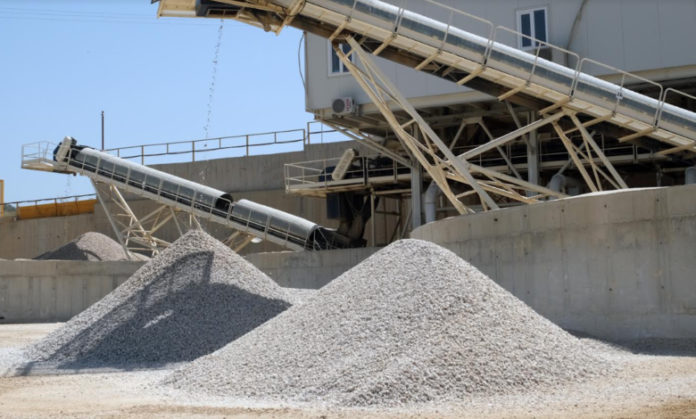The global market for quartz has been growing steadily and this trend is set to continue, demanding increasingly high purity levels.
This demand comes from different industries, which have varying requirements, so that the most precise mineral sorting is needed. This can be achieved with sensor- based color and laser sorting technologies – applied individually or in combination – as Jens Michael Bergmann, Global Segment Manager Industrial Minerals and Carolina Vargas Area Sales Manager Europe, India and Rest of the World at TOMRA Mining explain.
A growing demand for markets with different requirements
The quartz market is forecast to continue to grow at an annual rate of around 4% in the next 5 years driven by a variety of factors. Quartz serves different industries which have a variety of uses for the mineral – and hence varying requirements. One of the main sectors is that of engineered stone for use in the production of kitchen countertops, for example. High-quality white quartz is in very high demand for this application for its extreme resistance to acids, stains and damage, as well as its appealing look. It is also seen as an environmentally sustainable choice because of its abundance in nature and the fact that it can be engineered with minimal waste.
The other key market for quartz is the metallurgical industry, as it is the best source for silicon metal and polysilicon, the semiconductor at the heart of electronics, which is also used for other products, such as photovoltaic cells. The applications in the energy sector, as the world moves toward more sustainable sources such as solar and wind, are driving an increase in the demand for high-purity quartz which is an essential component in solar panels.



